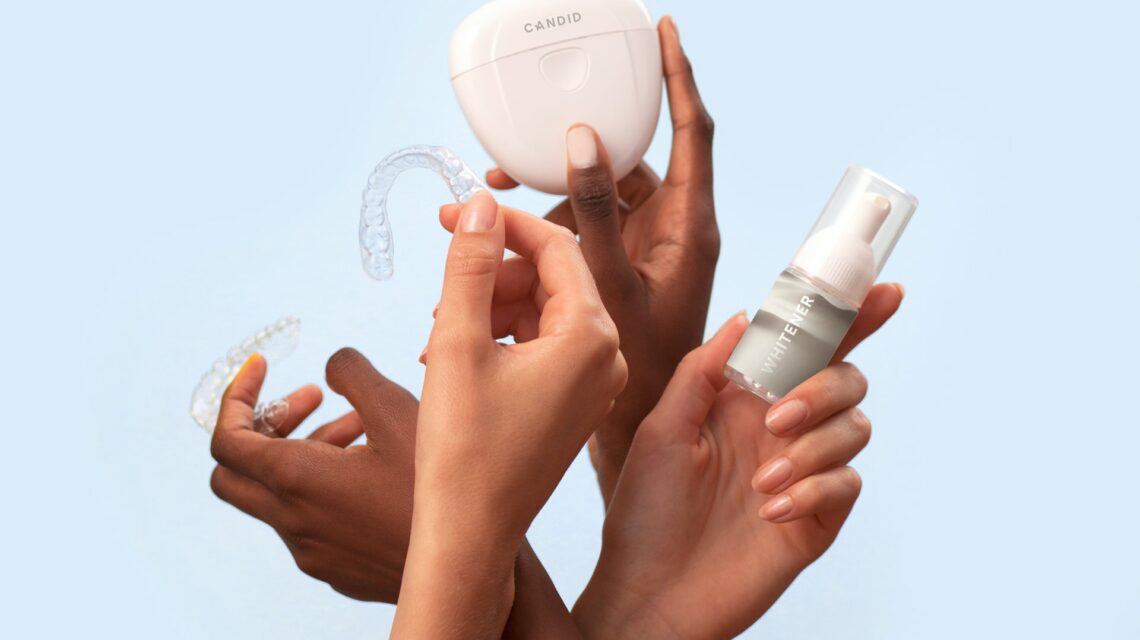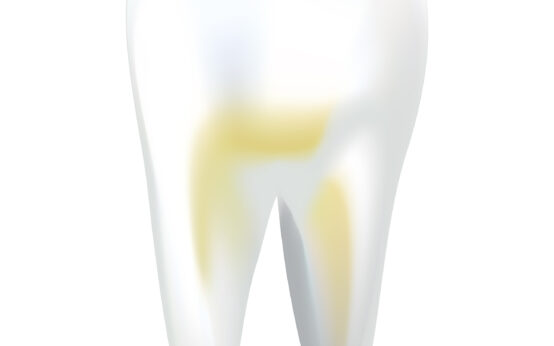The appearance of white stains on teeth is a sign of many things, from bad oral hygiene to cosmetic problems. These stains can be either extrinsic or caused by acidic foods and drinks. In either case, the first step in treating this issue is to apply Fluoride to the teeth. In addition, you should try to minimize the use of tobacco products, which can also cause stains on your teeth.
Table of Contents
Enamel hypoplasia causes white spots on teeth
If you've noticed white spots on your teeth, you're likely suffering from enamel hypoplasia. This condition causes teeth to be much thinner than normal, leaving them vulnerable to decay. It can also occur as a result of malnutrition, smoking during pregnancy, or nutritional deficiencies. Regardless of the cause, this condition should be treated, as it can lead to increased decay of the teeth in the affected areas.
What causes enamel hypoplasia? The answer is simple: tooth enamel does not develop properly. The tooth enamel must be strong enough to withstand the harsh conditions in the mouth. Acids from food and bacteria can break it down. Teeth also undergo extreme temperatures. Even chewing can damage enamel, making it susceptible to cavities. Because enamel cannot repair or regenerate itself, a person suffering from this condition is more likely to suffer from dental problems.
If you've noticed white spots on your teeth, it's likely that you've eaten too many acidic foods. These acids break down the enamel, making it susceptible to infection. Using tobacco products while pregnant can also cause tooth enamel hypoplasia. Smoking during pregnancy can also accelerate the process. The result is that the child's teeth have a much thinner layer of protective enamel than normal.
Exposure to too much fluoride can cause tooth decay and enamel hypoplasia. Fluorosis usually affects children between ages one and eight. Fluoridated water, fluoridated toothpaste, and certain medications can cause teeth to lose minerals. The fluoride in toothpaste, water, and medications can also cause enamel hypoplasia. Despite the risks associated with too much fluoride, it is important to monitor your child's teeth regularly to prevent future tooth decay.
Fortunately, there are effective ways to treat enamel hypoplasia and other conditions that cause white spots on teeth. Dental professionals can perform procedures to correct these problems, including the use of veneers. Veneers are a thin porcelain covering that can be applied over existing teeth to conceal white spots. Regardless of the cause, white spots on teeth are unsightly and can lead to tooth decay.
Extrinsic stains are caused by acidic food
Eating high-acid foods, such as tomatoes, blueberries, cranberries, and red wine, may contribute to the development of teeth stains. Drinking black tea and coffee increases the risk of stains, as do tea and coffee with tannins. These foods also increase the surface area of the enamel, making it easier for staining colors to adhere to the teeth. Additionally, acidic foods and beverages such as red wine and dark wine have a high tannin content, making them even worse for your enamel. Moreover, coffee contains tannins, which cause the pigments to stick to your teeth.
Luckily, there are ways to get rid of these stains. Extrinsic stains on teeth are easier to treat than those caused by in-built stains, and you can easily correct them with a healthy diet and a trusty kids' dentist. Acidic foods, such as tomato sauce, can lead to the buildup of black tartar, which is a result of decaying enamel.
Food-based stains on teeth are classified as extrinsic and intrinsic. Extrinsic stains occur when the dentin or enamel is damaged or discolored by tobacco use or eating acidic foods. Extrinsic stains can be removed through professional teeth cleaning. If you're unable to remove extrinsic stains, you may have to seek treatment from a dental professional.
Aside from food and beverages, many medications and alcohol can also lead to extrinsic stains on teeth. Drinking alcohol and smoking, tobacco, and cigarettes can also cause stains. Some of these substances can cause tooth discoloration, but it is unlikely to be completely cured. Fortunately, they can be treated with in-office whitening. But since this type of stain is more difficult to treat, you may need more than one treatment to get the desired results.
Dark-colored sauces and teas can also cause stains. The acidity found in tea can actually damage enamel. Therefore, you should be sure to rinse your mouth thoroughly after drinking it. Likewise, red and white wines can cause teeth stains due to their tannin content. These beverages contain chromogens, which eat away at the enamel of your teeth. Therefore, the more acid you drink, the more damage your teeth are going to sustain.
Smoking causes extrinsic stains
The main cause of extrinsic stains on teeth is smoking. Smoking deposits pigmented molecules called chromogens on the teeth. Brushing cannot remove these stains. To prevent stains from returning, stop smoking as soon as possible. Also, drink plenty of water after consuming dark-colored foods or beverages. To keep your teeth stain-free, follow the above-mentioned dental hygiene practices.
Apart from causing dental stains, smoking increases the risk of oral cancer. Three-quarters of cancer cases are caused by tobacco products. Therefore, it is crucial to quit smoking to protect your oral health. To counter this issue, you can undergo teeth whitening treatment. At Brooklyn Heights Dental, we offer teeth whitening treatment for smokers. You may feel embarrassed and self-conscious around others if your teeth are stained because of smoking.
Regular smoking is a major cause of tooth discoloration. The tar and nicotine in cigarettes combine with oxygen to cause yellowing and brown stains on teeth. Moreover, smoking can cause gum disease, and it is necessary to follow proper dental hygiene. Brushing twice a day for two minutes is essential to avoid stains. Also, flossing once a day is also necessary. Smoking increases the risk of gum disease and tooth decay, so it is imperative to clean the mouth of tobacco residues to avoid future dental problems.
To combat the effects of tobacco, you should rinse your mouth thoroughly after smoking. This will help eliminate the tar and nicotine from your teeth and reduce the risk of staining. Another important part of your oral hygiene routine is regular dental checkups. These checkups can catch any problems early on and ensure that your teeth stay clean. For more information, visit Dr. Goodman's website today.
The bacteria present in tobacco products thrive in dry mouths, which makes the surface of the teeth a perfect breeding ground for bacteria. Nicotine, which is found in tobacco products, also causes general tooth discoloration. The stains are called extrinsic stains, as they are formed on the outer layer of teeth. A cosmetic dentist can remove the stains caused by nicotine. They are also responsible for the increased risk of oral and throat cancer.
Fluoride application is the first step to getting rid of white spots on teeth
Aside from fluorosis, other causes of white spots on teeth include early decay and poor oral hygiene. Too much fluoride during childhood can cause the development of these spots. Likewise, tooth decay can result from enamel hypoplasia, which occurs when the enamel fails to form properly. In such cases, a dentist may apply a fluoride gel to the teeth.
The ICON technique is an alternative method for treating white spots on teeth. It is minimally invasive and can be combined with an intensive preventative plan that includes diet advice and fluoride varnish application. While long-term clinical data on the ICON technique is scarce, its use will help patients of all ages access aesthetic treatments for white spots. As the condition of the teeth is directly related to one's self-esteem, dental professionals should strive to practice clinical excellence and keep up with new discoveries.
Using topical fluoride toothpaste is an effective way to combat white spots on teeth. It will help repair the damage done to the tooth's enamel by acidic conditions. The first step to getting rid of white spots on your teeth is to test your water for fluoride levels. The water you drink should contain fluoride. If your local water source is lacking fluoride, you can use natural toothpaste to fight the white spots.
There are other methods for treating white spots on teeth, including topical fluoride applications. Fluoride applications help encourage enamel development on teeth and prevent tooth decay. In some cases, cavity-filled teeth can be treated with composite resin. However, these options require filing down healthy teeth. For those who can't use fluoride toothpaste, another alternative is to go to a cosmetic dentist.
While a white spot on teeth does not necessarily mean that you have a cavity yet, it can increase your risk of developing one in the future. In addition to a fluoride application, brushing your teeth properly and limiting your fluoride intake will help you prevent white spots. In addition, the white spots usually occur as a result of a buildup of bacteria and plaque around a brace. Using a regular toothbrush and toothpaste can help remove plaque more effectively.
Sources:



 What Causes White Stains on Teeth?
What Causes White Stains on Teeth?